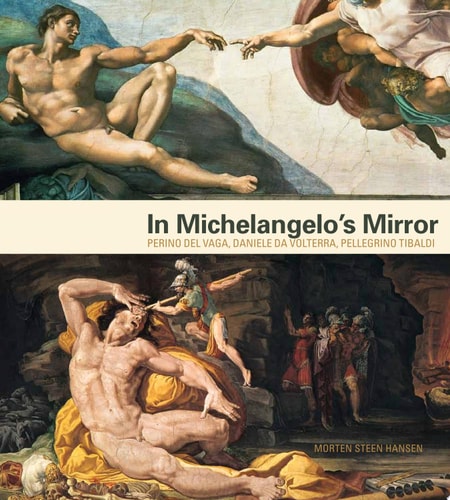In Michelangelo's Mirror: Perino Del Vaga Daniele Da Volterra Pellegrino Tibaldi
In Michelangelo's Mirror: Perino Del Vaga Daniele Da Volterra Pellegrino Tibaldi
Hansen Morten Steen
SKU:260157
In stock
Couldn't load pickup availability
In the first decades of the sixteenth century, the pictorial arts arrived at an unprecedented level of perfection. That, at least, was a widespread perception among artists and their audiences in central Italy. Imitation, according to the artistic literature of the period, was a productive means of continuing the perfections of a predecessor. In Michelangelo&’s Mirror reconsiders the question of Italian mannerism, focusing on the idea of imitation in the works of such artists as Perino del Vaga, Daniele da Volterra, and Pellegrino Tibaldi.
Michelangelo was praised as an unsurpassable ideal, and more than any other artist he received the flattering epithet divino. As the cult around him grew, however, a different discourse arose. With the unveiling of the Sistine Last Judgment in 1541, Michelangelo stood accused of having set artifice above the sacred truth he was meant to serve, effectively making an idol of his art. Hansen examines the work of three of the master&’s most talented followers in the light of this critical backlash. He argues that their choice to imitate Michelangelo was highly self-conscious and related to the desire to construct their own artistic identities, either by associating their work directly with the ideal paradigm (Daniele), through irony and displacement (Perino), or by incorporating both approaches (Tibaldi).
Product Info
Product Info
ISBN-13:
ISBN-10:
Publisher: Penn State Press
Binding: Hardcover
Pages: 218
Published:
Dimensions: 9x0.9x10
Share


